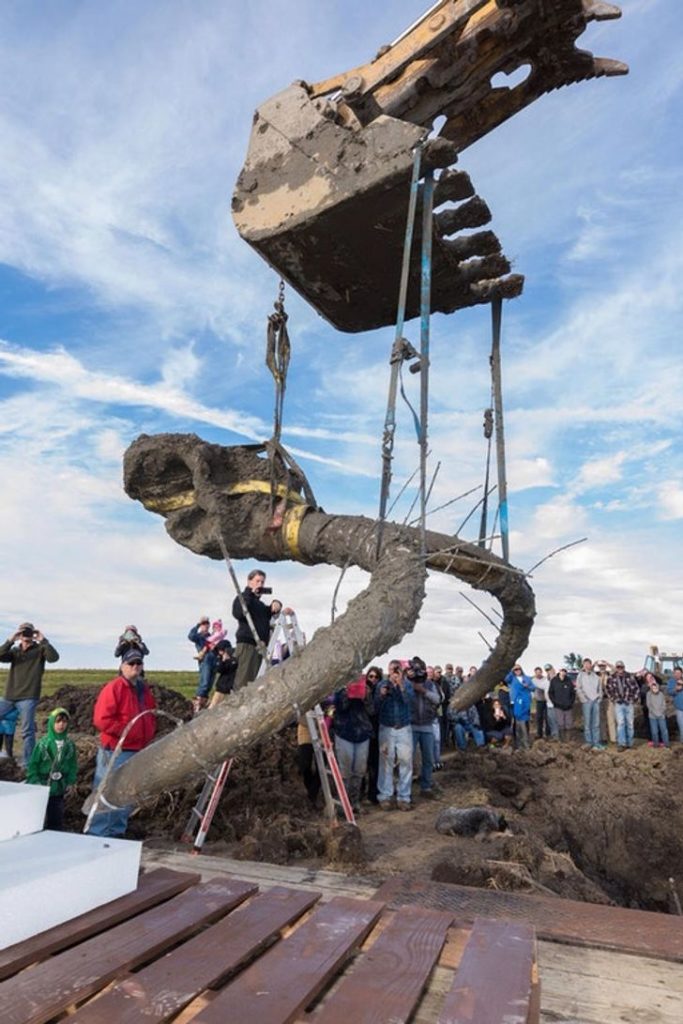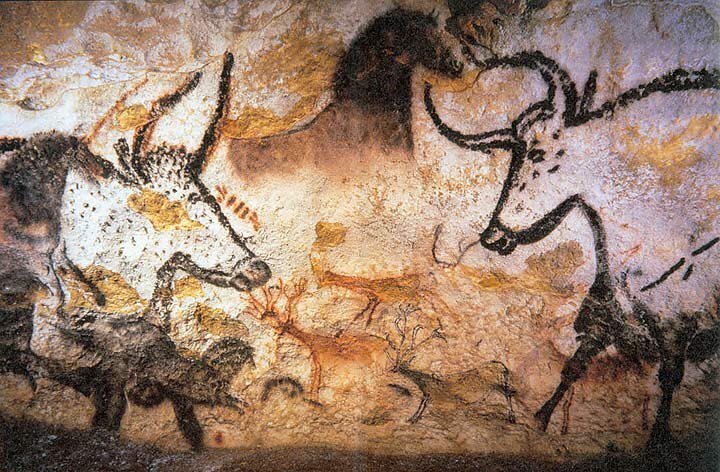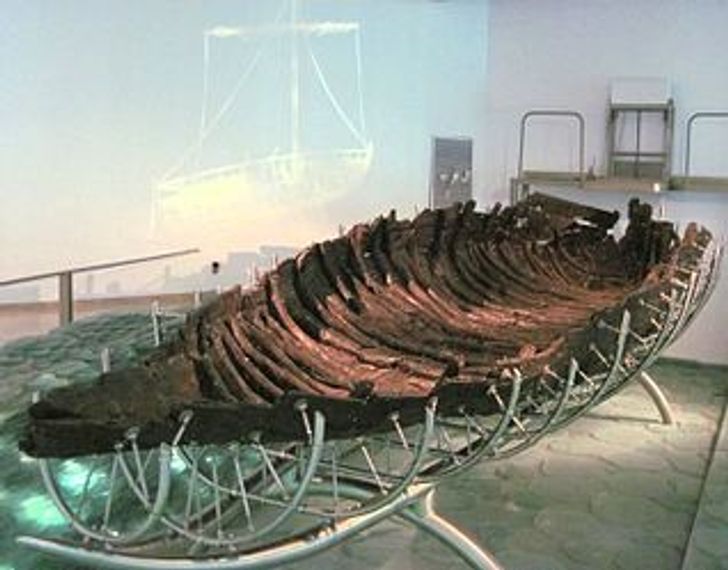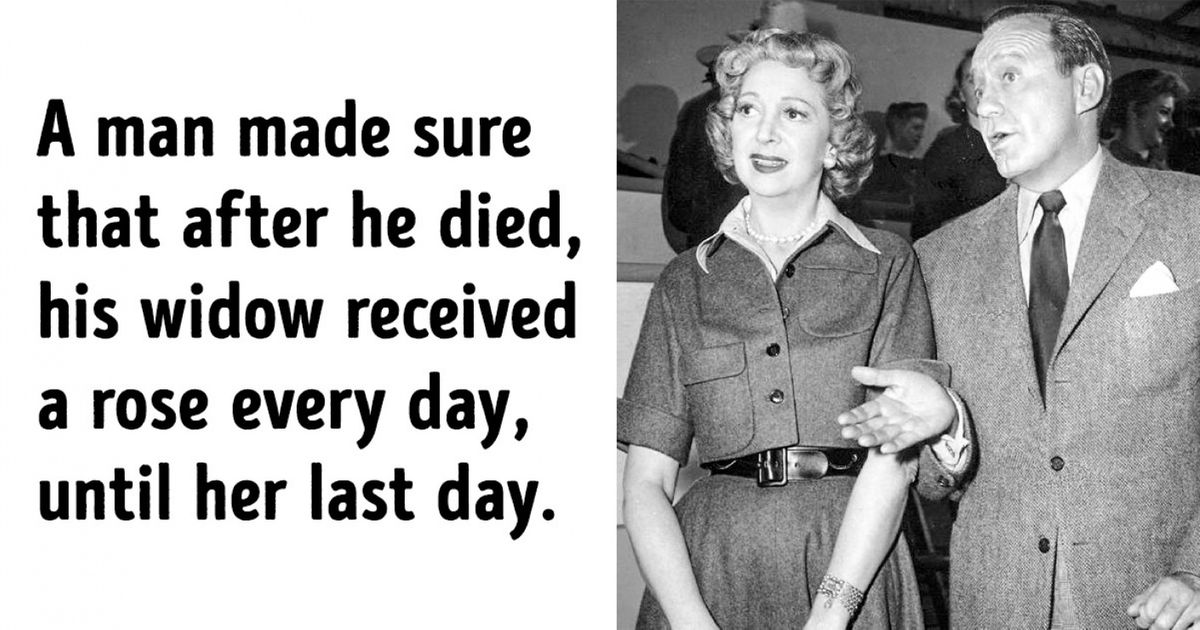Archaeologists dedicate their lives to unraveling the material history of our world. However, some discoveries are made by ordinary people who do not even realize what happened. Imagine finding an entrance to old catacombs in your backyard, how cool is that?
We made a list of these accidental discoveries, some of which have had a truly profound impact on history. Get ready to dig!
Amazing Archaeological Discoveries
8. Farmer Discovers A Giant Woolly Mammoth

James Bristle and his other farmer friend were digging in the soybean field as usual when they realized they had hit something. It was none other than the discovery of a gigantic 15,000-year-old giant woolly mammoth that took them by surprise.
The incident occurred in 2015 in southern Michigan, where a skull and two tusks were found along with the vertebrae.
This discovery could change the date of the first signs of existence in the Americas. Upon examining the remains, renowned mammoth expert Daniel Fisher of the University of Michigan confirmed that he must have been killed by humans, thus proving that humans existed even before the Clovis era, a theory that is still in its nascent stage.
7. When A Worker Dug Up Childeric’s Treasure Instead Of Dirt

The image you are looking at above is a signet ring that is part of Childerico’s treasure. It is a 27mm (one inch) diameter heavy gold ring, indicating that Childeric had big, fat fingers. This discovery is not new.
In 1653, a worker named Adrien Quinquin was digging on the grounds of the Saint-Brice church in Tournai when, instead of dirt, he found gold coins.
Apart from CHILDERICI REGIS, the ring in the photo also found a hundred other coins, gold and garnet swords, horseshoes and buckles for horses, a gold torch, an ox head, and 300 gold bees.
6. The Grauballe Man: A Unique Mummy
It was a normal peat bog, where the workers were looking for peat when suddenly one of the workers realized that his spade had not touched the peat, but something else.
It turned out to be the Grauballe Man’s mummy, and his hair and nails were intact, even after centuries. This mummy was the first to be fully preserved as a full body.
It was dated back to the late 3rd century BC and has been investigated on several occasions since its discovery. In 1955, the body was transferred to the Moesgaard Museum, near Aarhus, for public display. Furthermore, his fingers were still in place so that scientists could take his fingerprints.
5. Did Hobbits Actually Exist?

A team of archaeologists from Australia and Indonesia was looking for evidence of human migration from Asia to Australia. But the discovery of the hobbits was a completely unplanned event and surprised them to find the complete skeleton of a hominid.
Could hobbits possibly be deformed, modern humans? Or were they a completely different species? The mystery has not yet but a lot has been cleared up.
4. Palatial Roman Villa In The Backyard?

It was sheer luck for British rug designer, Luke Irwin when he asked the electricians working in his backyard to run the cables underground rather than above. The excavation led to the discovery of an ancient Roman palatial town. Like Irwin, even archaeologists were surprised by this discovery.
During the digging, an 18-inch hard layer was found below the surface that had clearly visible mosaic pieces. According to archaeologists, this is a key discovery similar to Chedworth and could open up a vast knowledge base on British history, as it was dominated by the Romans.
3. The Derinkuyu Underground City: An Incredible Network Of Tunnels

It was in 1963 when a man discovered a mysterious wall structure behind one of the rooms in his house. When archaeologists were called in for further investigation, a full tunnel passage was found which is now popularly known as The Derinkuyu Underground City.
The city is believed to have been built in the Byzantine era to protect inhabitants from Muslim Arabs during the Arab-Byzantine wars. These tunnels were widely used by native Christians and are said to have housed and provided food savings to nearly 20,000 people.
The underground city is located in the Derinkuyu district in Nevşehir province, Turkey, and has been open to the general public since 1969.
2. The Mesmerizing Lascaux Cave Paintings

18-year-old Marcel Ravidat happened to discover the stunning entrance to Lascaux. Taken by surprise, he decided to return to the scene with three friends and they saw that the walls of the caves were full of representations of animals. Ravidat was later recognized for his discovery.
The cave was opened to the public on July 14, 1948. However, due to air pollution, dust, and exposure to carbon dioxide, the paintings began to lose their original shape.
Then it was decided to end the attraction for tourists. The paintings were restored to their original shape and a strict daily monitoring system was put in place. These paintings largely depict the Upper Paleolithic era.
1. Sea Of Galilee Boat Under A Lake

Two fishermen from Kibbutz Ginnosar, brothers Moshe and Yuval Lufan, were amateur archaeologists interested in finding artifacts from Israel’s past. It was when the water receded dramatically in the Sea of Galilee due to an air current that a boat was exposed and caught the attention of the brothers.
A team of specialists carried out the excavation work on the ship, which lasted 12 days and nights. The boat was a significant discovery because it not only portrayed the type of boat used by Jews in the ancient era but was also considered the type of boat that Jesus had used. These kinds of boats are mentioned several times in the Gospels.
Have you ever come across something ancient and unique that you thought could belong to the history of the world? Please share it with us in the comments below.









